Introduction: Why Plumbing Fixture Upgrades Matter
Upgrading plumbing fixtures isn’t just about aesthetics—it’s a strategic investment that can boost your home’s value, improve water efficiency, and enhance daily comfort. Many homeowners focus on visible renovations like kitchens or flooring, but outdated faucets, showerheads, or toilets can quietly waste water, drive up utility bills, and even deter potential buyers. With the increasing costs of water and a growing emphasis on eco-friendly living, choosing the right fixtures—and understanding the real return on investment (ROI)—is more important than ever.
This guide is your trusted resource for making informed decisions on plumbing fixture upgrades. We’ll break down which upgrades deliver the most value, how to choose fixtures that stand the test of time, and practical steps for maximizing both savings and comfort. Whether you’re preparing to sell, planning a remodel, or simply tired of nagging leaks and outdated hardware, you’ll find actionable insights tailored to homeowners who want smart, lasting results. Let’s dive in.
Understanding ROI: How Plumbing Fixtures Impact Home Value
Defining ROI in Plumbing Upgrades
ROI, or return on investment, measures how much value a renovation adds compared to its cost. For plumbing fixtures, ROI can come from:
- Increased resale value—modern fixtures appeal to buyers
- Lower utility bills—efficient models reduce water and energy use
- Reduced maintenance—quality fixtures mean fewer repairs
Fixtures That Offer the Best Returns
Not all upgrades deliver the same value. According to real estate surveys and industry data, these offer the best ROI:
- High-efficiency toilets (HETs): Use 1.28 gallons per flush or less, cutting water use by up to 60% over older models.
- Low-flow showerheads: Deliver strong performance while using 2.0 gallons per minute (GPM) or less.
- Touchless or pull-down kitchen faucets: Appeal to modern design sensibilities and improve hygiene.
- Tankless water heaters: Greater efficiency, endless hot water, and smaller footprint.
Cosmetic upgrades like vessel sinks or designer tubs may look appealing, but unless they’re paired with efficiency and durability, their ROI is often lower.
Evaluating Your Current Fixtures: When Is It Time to Upgrade?
Age and Wear
Most faucets, toilets, and showerheads are designed to last 10–20 years. Key indicators it’s time for a change:
- Frequent leaks or drips
- Noticeable corrosion, mineral buildup, or stains
- Difficulty finding replacement parts
- Water bills creeping up without a clear reason
Inefficiency and Outdated Technology
Fixtures from before 1994 (when federal water-use standards tightened) are almost always less efficient. Signs include:
- Toilets using more than 3.5 gallons per flush
- Showerheads or faucets with high GPM ratings
- No aerators or flow restrictors installed
Smart Fixture Upgrades: Options, Features, and Selection Criteria
High-Efficiency Toilets (HETs)
- Types: Gravity-fed, pressure-assisted, dual-flush
- Features: Quiet flush, easy-clean glaze, WaterSense certification
- Selection Tips: Look for MaP scores (Minimum Performance) of 600g+ for clog resistance; ensure compatible rough-in size (usually 12″)
Modern Faucets
- Types: Single-handle, pull-down, touchless, commercial-style
- Features: Ceramic disc valves (drip resistance), magnetic docking (pull-downs), spot-resistant finishes
- Selection Tips: Match hole configuration; check for lead-free certifications; opt for WaterSense-labeled models
Low-Flow Showerheads
- Features: Adjustable spray patterns, pause buttons, anti-clog nozzles
- Selection Tips: Check GPM rating (≤2.0 GPM); prioritize models with pressure compensation for consistent flow
Tankless Water Heaters
- Benefits: 20–35% more efficient than tanks, endless hot water, wall-mountable
- Considerations: Professional installation required; gas and electrical upgrades may be needed
Budgeting for Upgrades: Cost Breakdown and Hidden Expenses
Typical Fixture Costs
- High-efficiency toilet: $200–$500 (mid-range), $600+ (designer models)
- Quality kitchen faucet: $100–$350
- Low-flow showerhead: $25–$100
- Tankless water heater: $800–$2,500 (plus installation)
Prices vary by brand, finish, and included features. Installation costs can double the total if you hire a pro, but DIY is possible for most surface fixtures.
Hidden Expenses to Watch For
- Supply line upgrades—Older lines may not match new fixture fittings.
- Shutoff valve replacement—Valves may seize or leak after years of inactivity.
- Disposal fees—Local regulations may require proper disposal of old toilets or water heaters.
Budgeting Tips
- Request multiple quotes for installation if hiring a pro.
- Factor in the cost of new supply lines, wax rings (toilets), or mounting hardware.
- Set aside 10–15% of your budget for contingencies.
Step-by-Step: DIY Upgrading a Bathroom Faucet
Tools & Materials
- Adjustable wrench
- Basin wrench
- Plumber’s tape (Teflon tape)
- Bucket/towels
- New faucet & supply lines
Instructions
- Turn off water supply valves under the sink. Open the faucet to relieve pressure.
- Disconnect supply lines with the wrench. Place a bucket to catch drips.
- Loosen mounting nuts under the sink using a basin wrench. Remove the old faucet.
- Clean the area. Place the new faucet assembly in the mounting holes. Secure with provided hardware.
- Attach new supply lines, wrapping threads with plumber’s tape.
- Reconnect to shutoff valves. Tighten securely, but don’t overtighten.
- Turn water back on and check for leaks. Run water to clear any debris.
This process typically takes 30–60 minutes. For more complex fixtures or inaccessible shutoff valves, consider professional help.
Maximizing Savings: Water Efficiency and Rebates
How Much Can You Save?
Switching to WaterSense-labeled toilets and fixtures can cut a typical family’s water use by 20–30%, saving $100–$200 per year in combined water and sewer costs. Efficient faucets and showerheads can save an additional $50–$70 annually.
Local Rebates and Incentives
- Many municipalities offer rebates for WaterSense or ENERGY STAR fixtures.
- Some utilities provide free low-flow showerheads or aerators.
- Check local government or water utility websites for current offers.
Durability and Maintenance: Choosing Fixtures That Last
Material Matters
- Brass: Most durable for valves and faucet bodies.
- Stainless steel: Good for both durability and corrosion resistance.
- Zinc or plastic: Cheaper, but often less robust—best for light-use areas only.
Finish Longevity
Select spot-resistant or PVD-coated finishes for high-touch areas. Avoid painted finishes in wet locations.
Routine Maintenance Tips
- Clean aerators every 6 months to prevent clogs.
- Check for leaks under sinks and at shutoff valves quarterly.
- Replace worn washers or cartridges promptly to avoid drips.
Common Mistakes to Avoid When Upgrading Fixtures
- Ignoring compatibility: Always check rough-in dimensions and mounting hole patterns.
- Not upgrading supply lines: Old, brittle lines are a leading cause of post-upgrade leaks.
- Forgetting shutoff valves: Replace if they’re corroded, leaking, or hard to operate.
- Skipping permits: Major fixture changes (especially water heaters) may require permits—check local codes.
- Choosing style over substance: Prioritize efficiency, reliability, and ease of cleaning over trendy looks.
Fixture Upgrades and Home Insurance: What to Know
Some insurers may offer discounts for certain upgrades (e.g., water leak sensors, burst-resistant supply lines). Keep records of purchases and installations—these can help with claims or when selling your home. For major upgrades, notify your insurer to ensure full coverage and maintain compliance with policy terms.
Conclusion: Making Smart, Lasting Choices
Upgrading your plumbing fixtures is one of the most effective ways to improve your home’s comfort, efficiency, and value. The best returns come from thoughtful choices: prioritize WaterSense or ENERGY STAR-labeled products, opt for durable materials, and make sure installations are leak-free and code-compliant. While some upgrades can be handled with basic DIY skills, don’t hesitate to call in a professional for complex changes or if you encounter corroded pipes or valves.
Beyond immediate water and energy savings, modern fixtures can make your home more appealing to buyers, reduce the risk of costly leaks, and simplify ongoing maintenance. Remember to check for local rebates, factor in all installation expenses, and keep documentation for insurance and resale purposes. With careful planning and a focus on quality, your investment in plumbing fixture upgrades will pay off for years to come—both in savings and in peace of mind.
If you’re ready to take the next step, start by evaluating your most outdated or inefficient fixtures and researching rebate programs in your area. Small changes can have a big impact, and the right upgrades will ensure your plumbing system serves you reliably now and in the future.
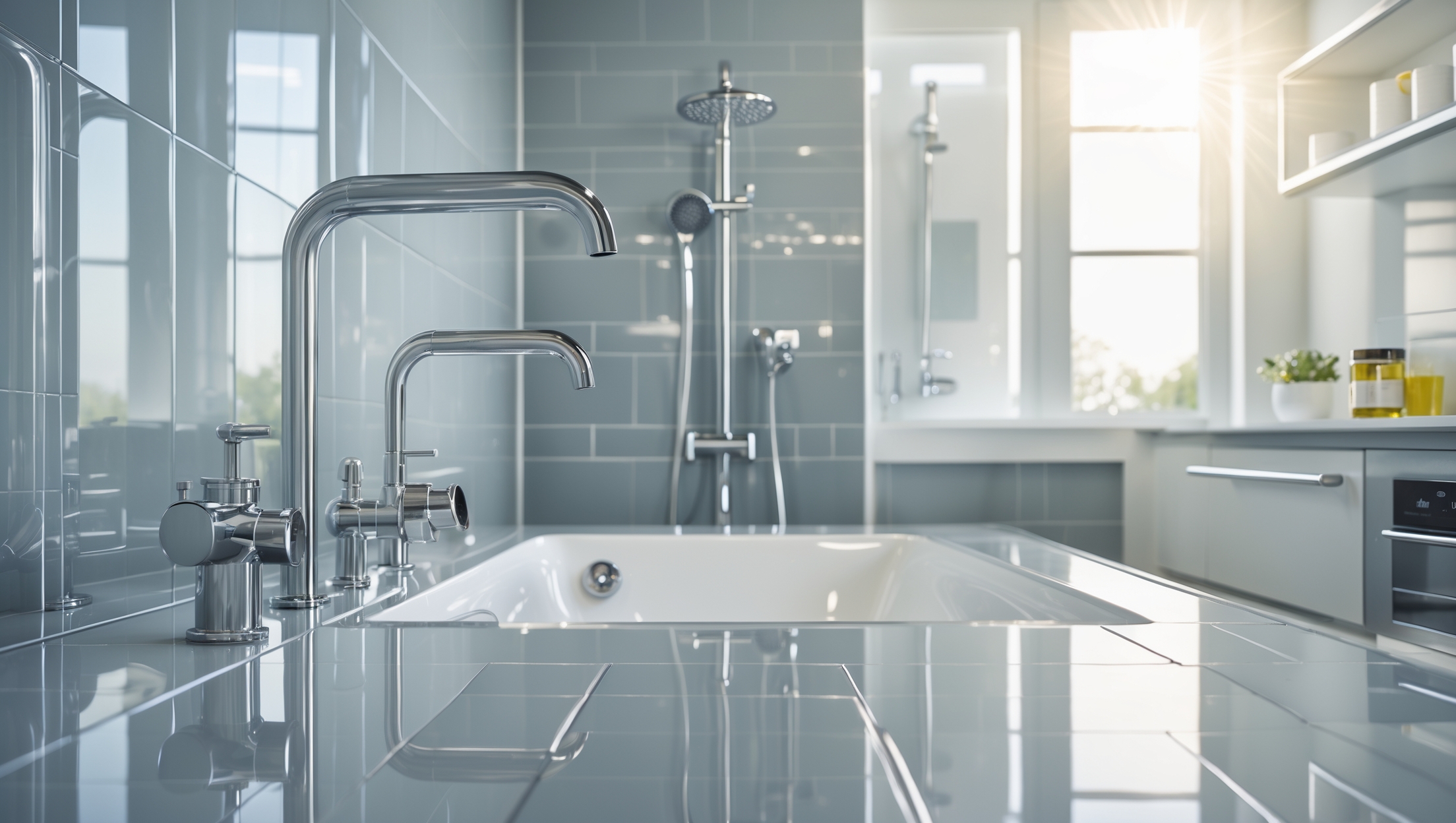


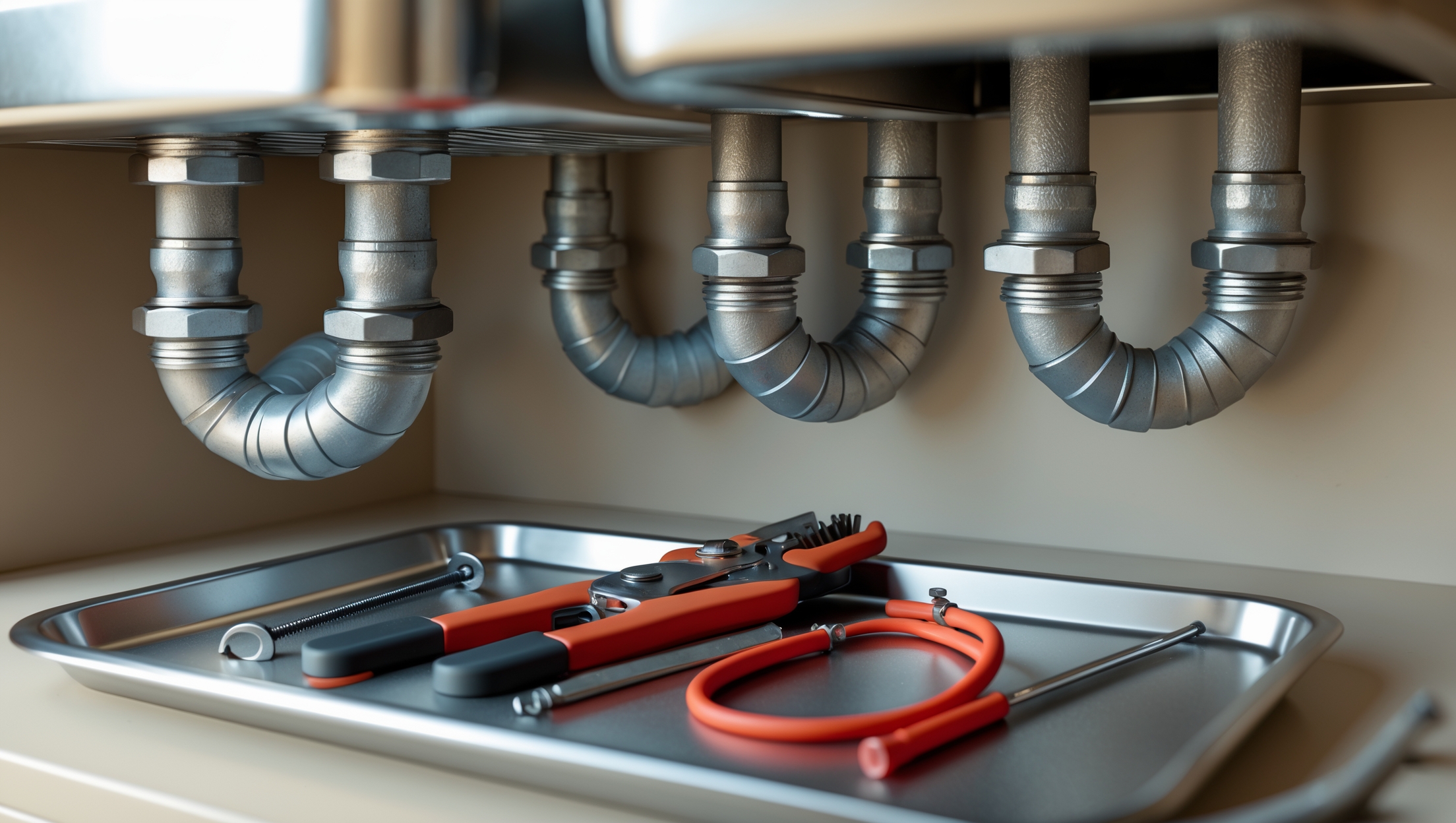
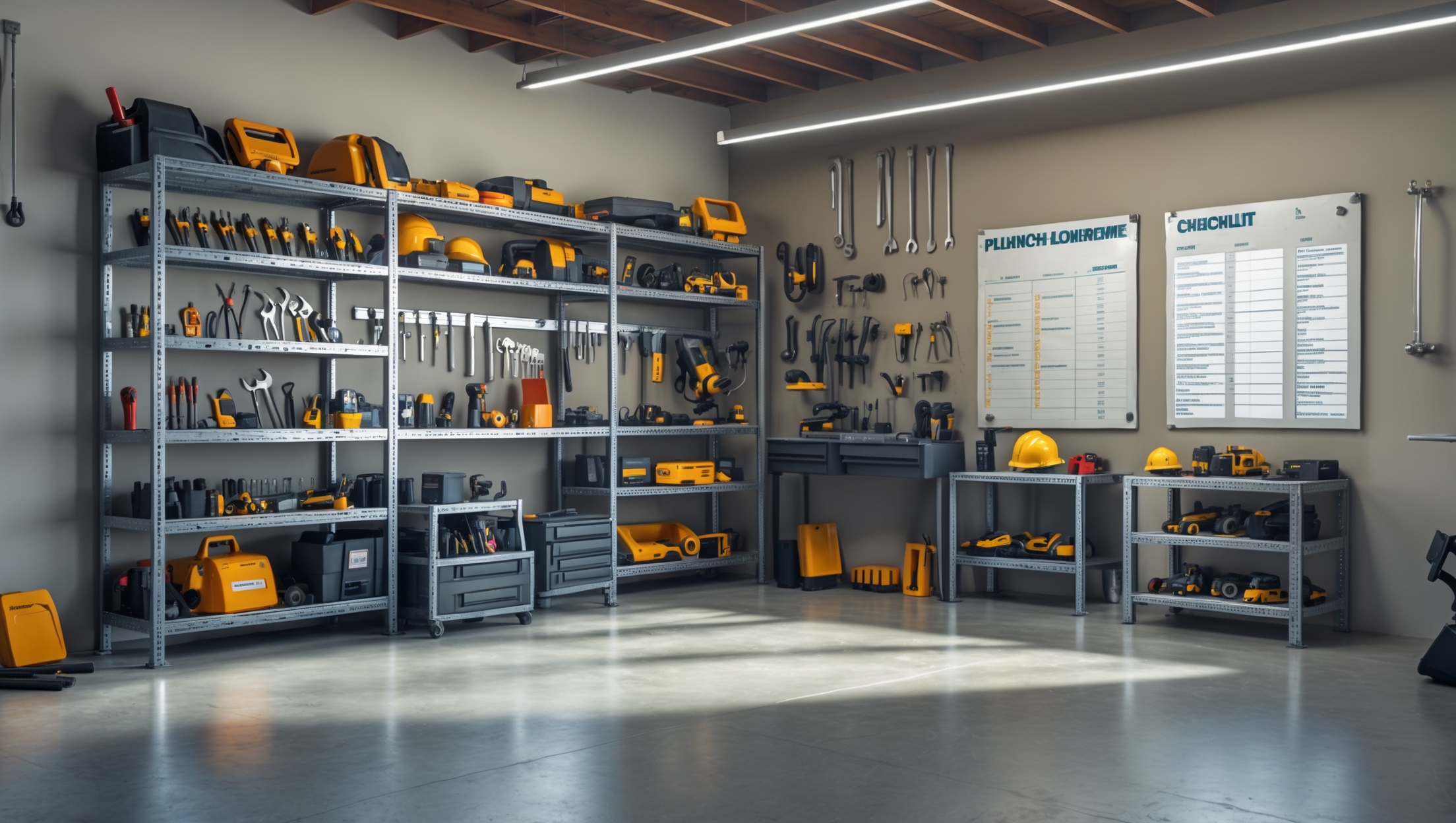


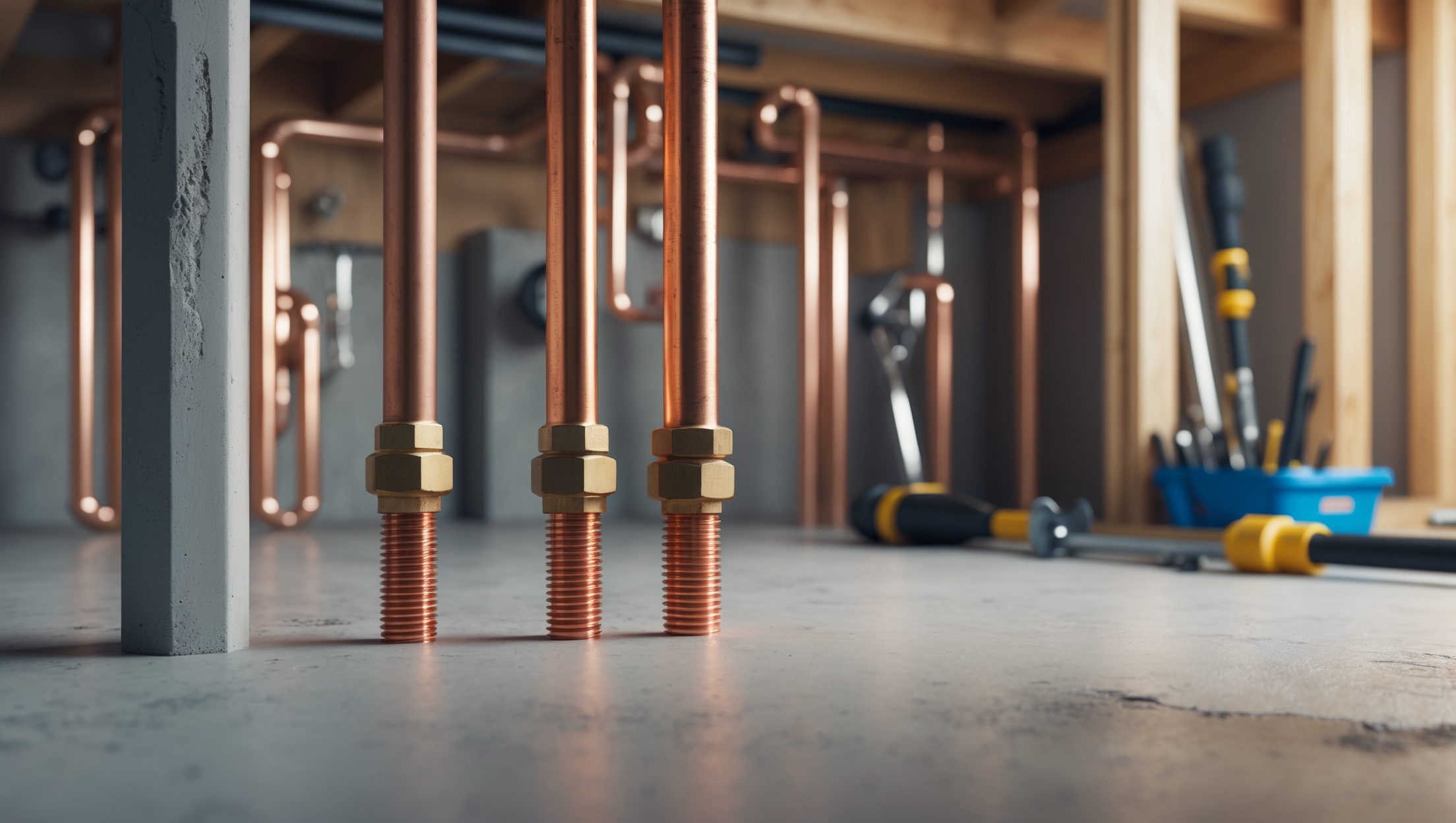
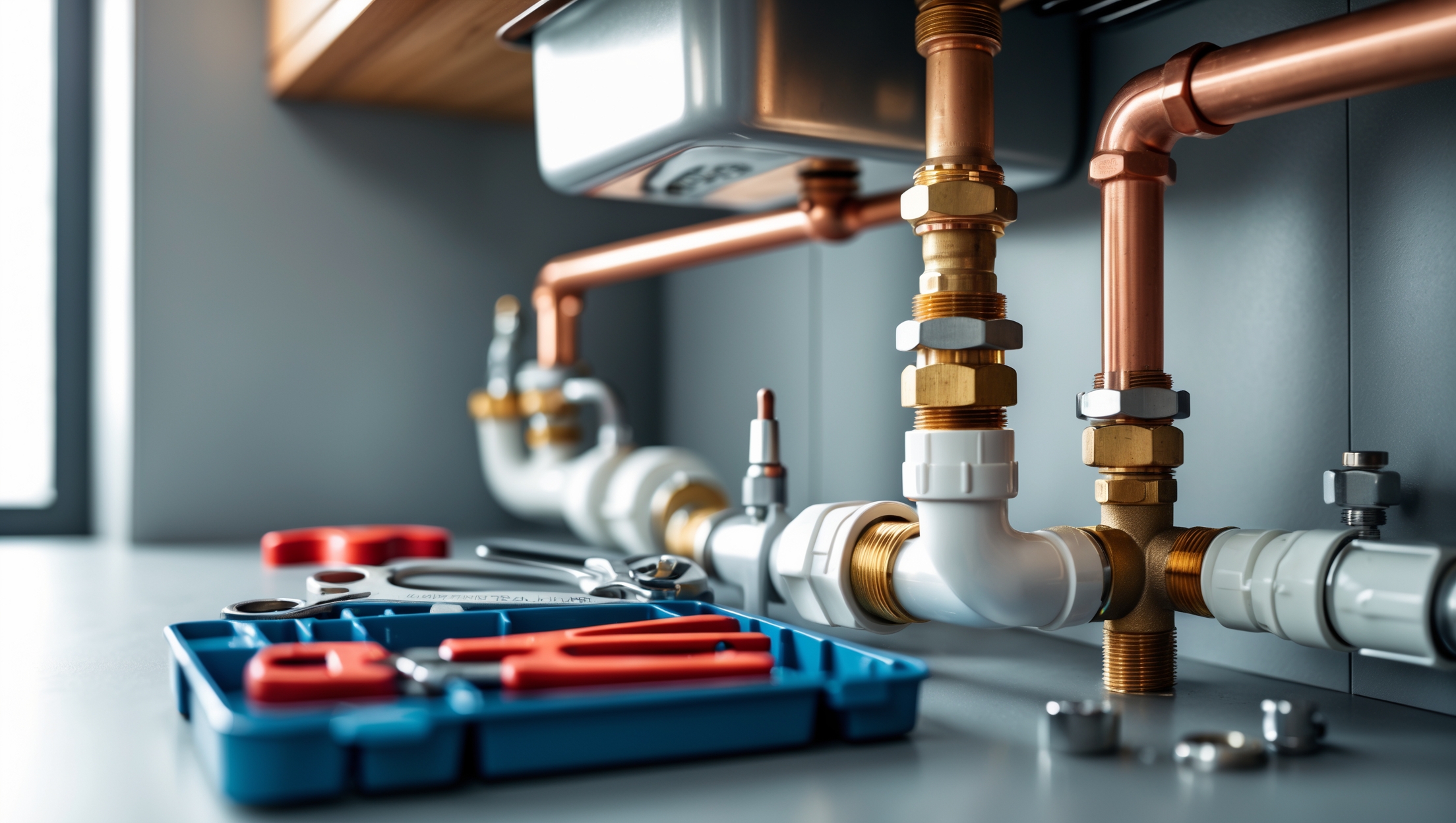
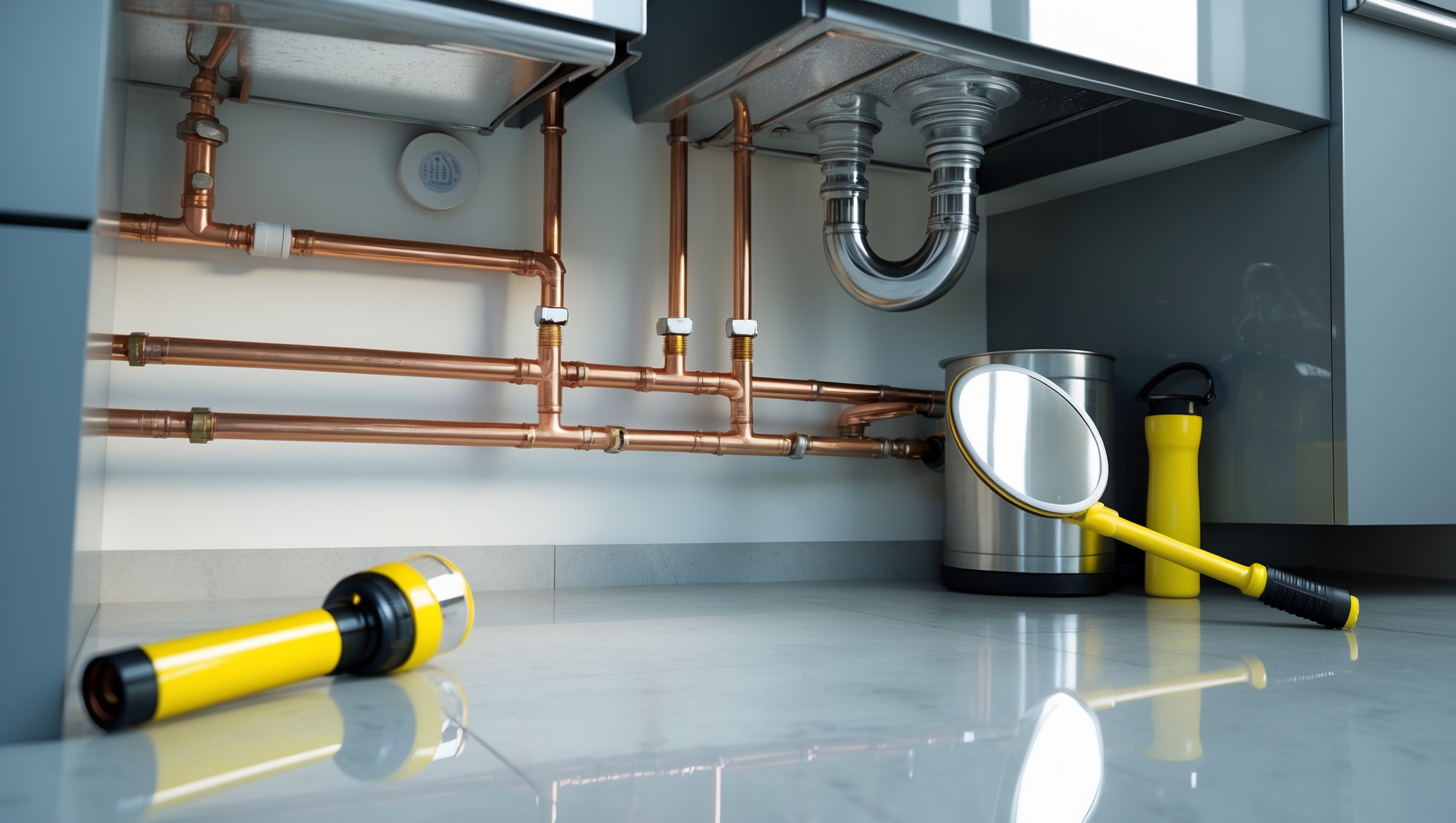
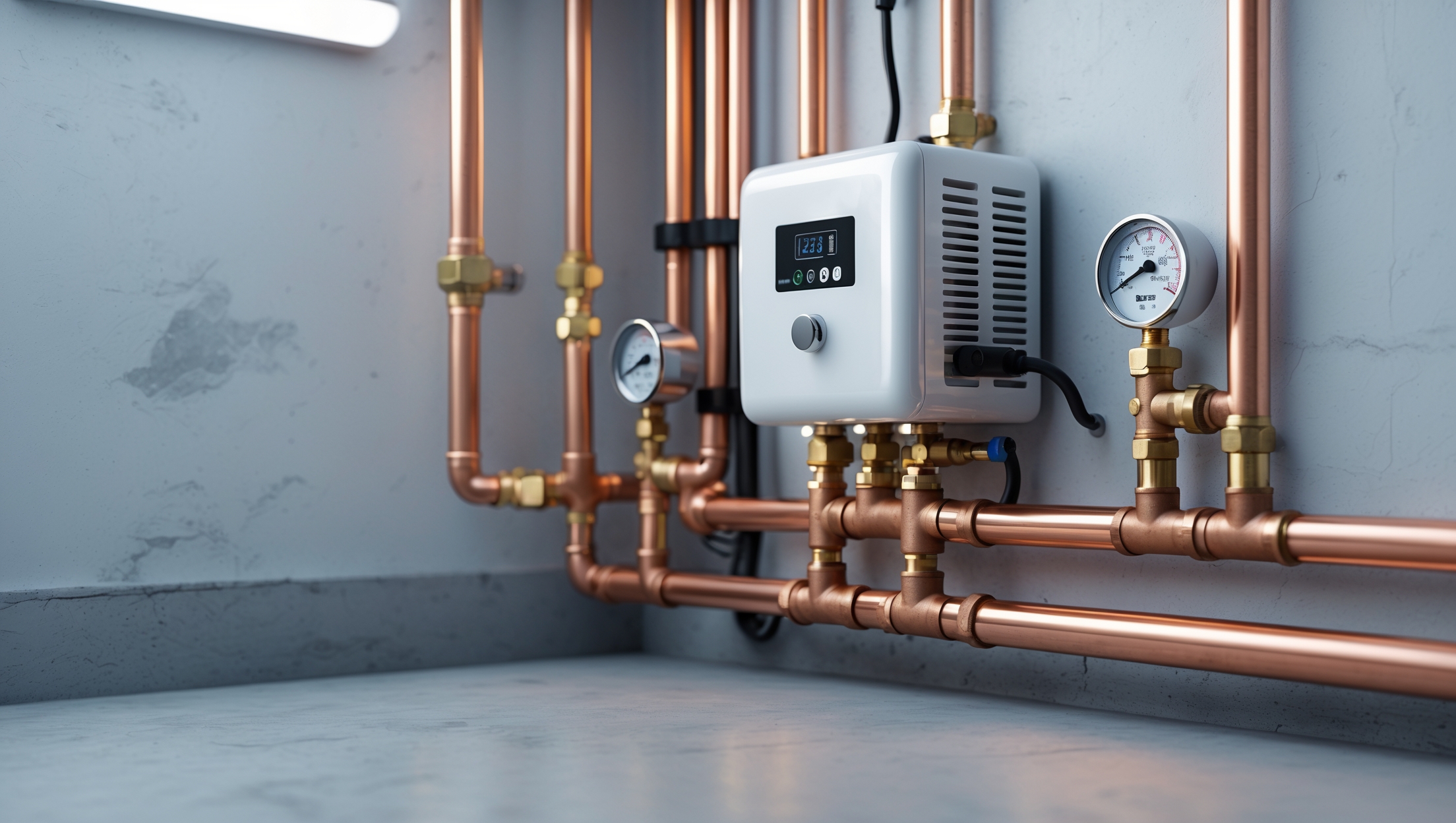
John Gonzalez
If my current fixtures aren’t leaking but are pretty outdated, is it still worth upgrading for utility bill savings alone, or should I wait until they show signs of wear or issues?